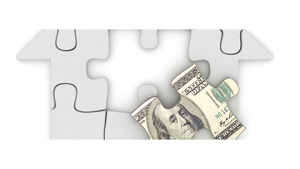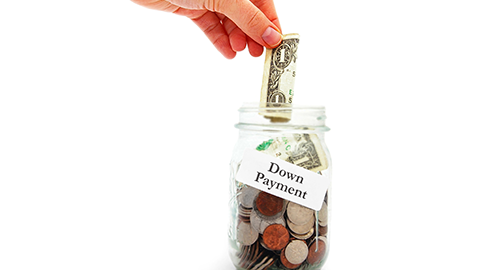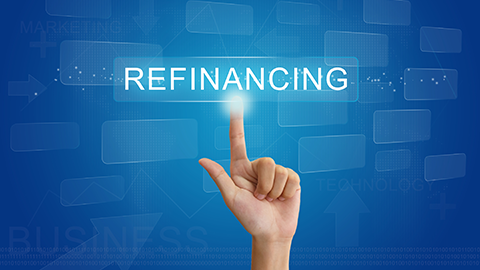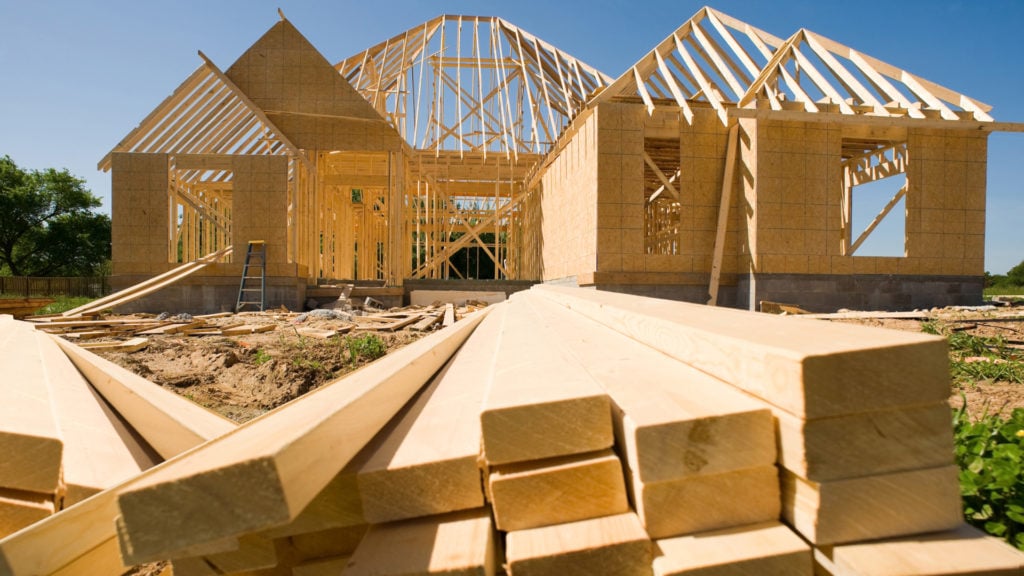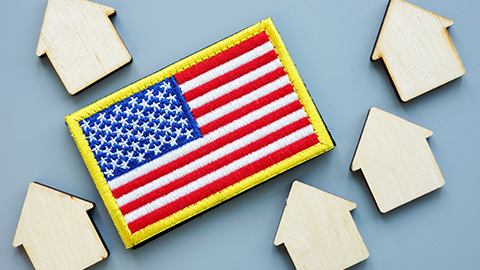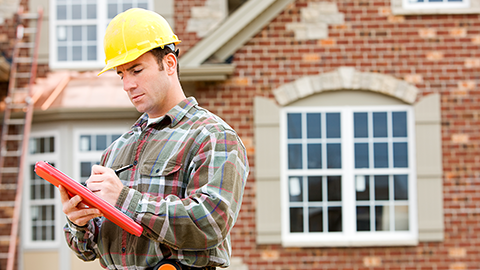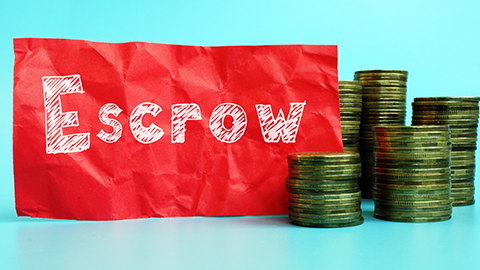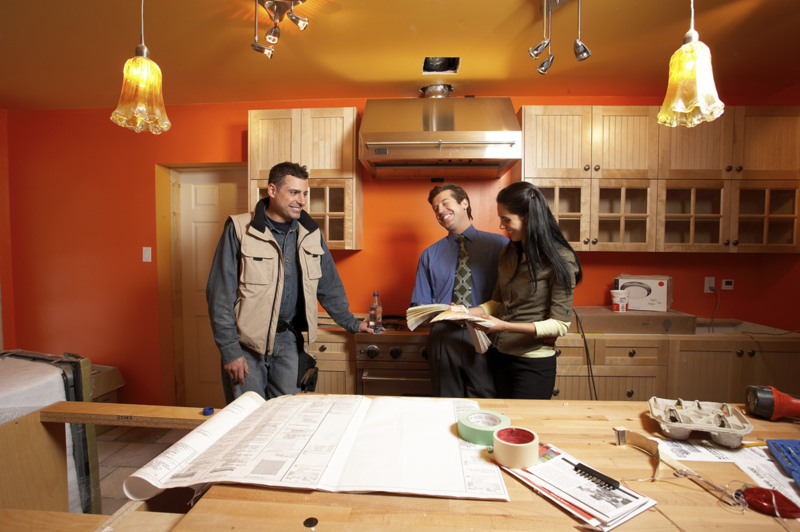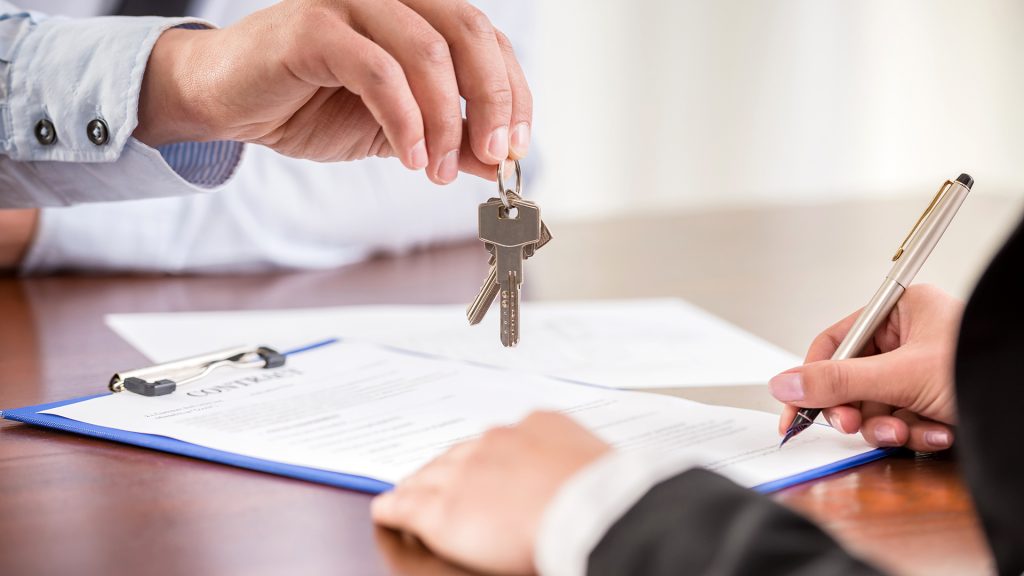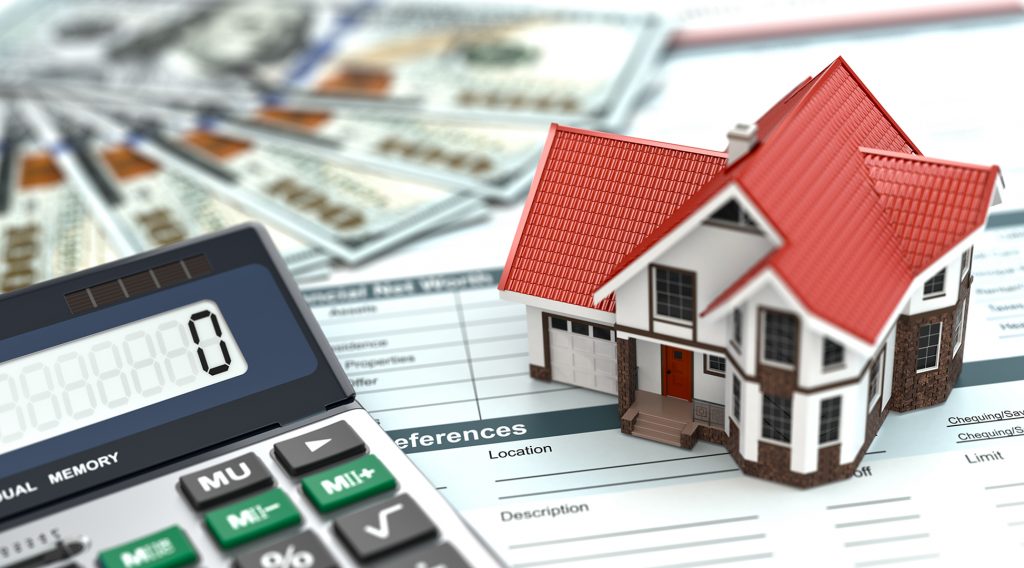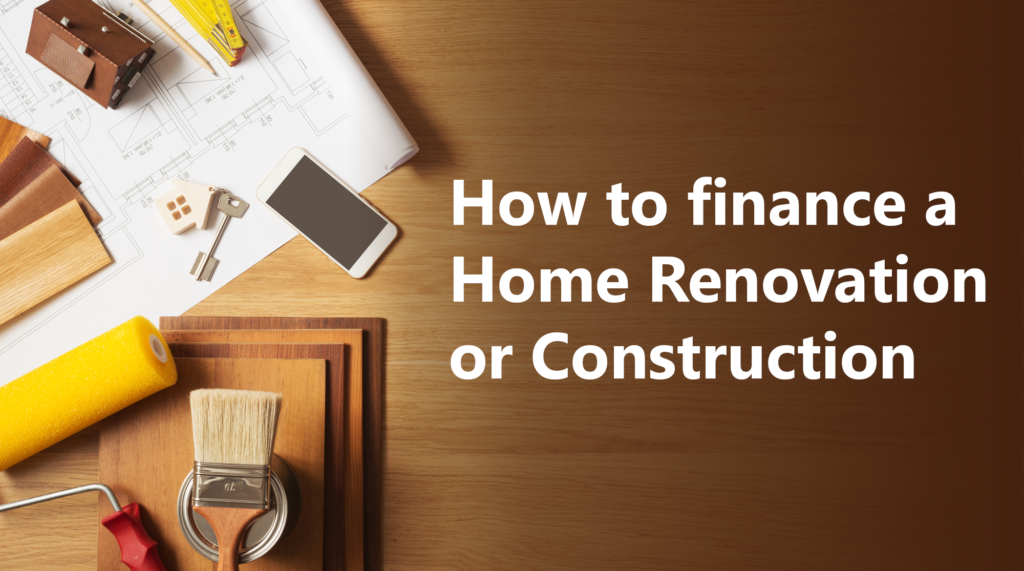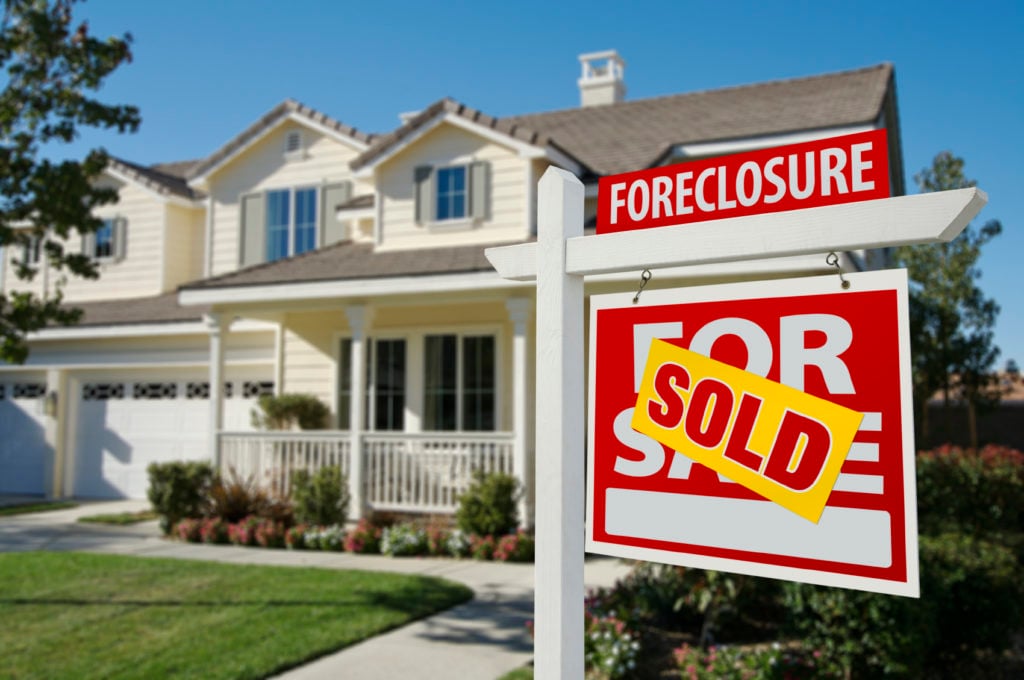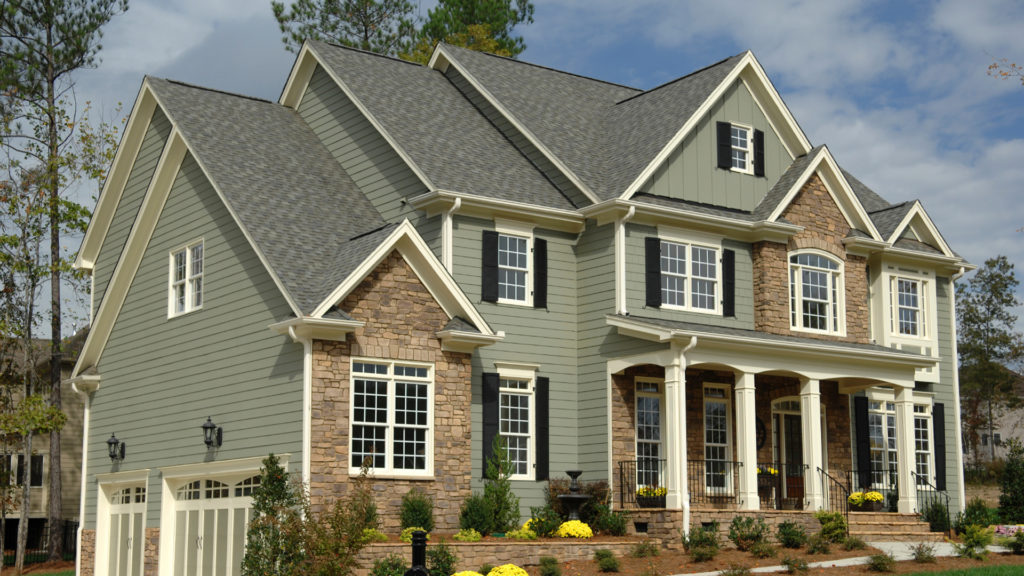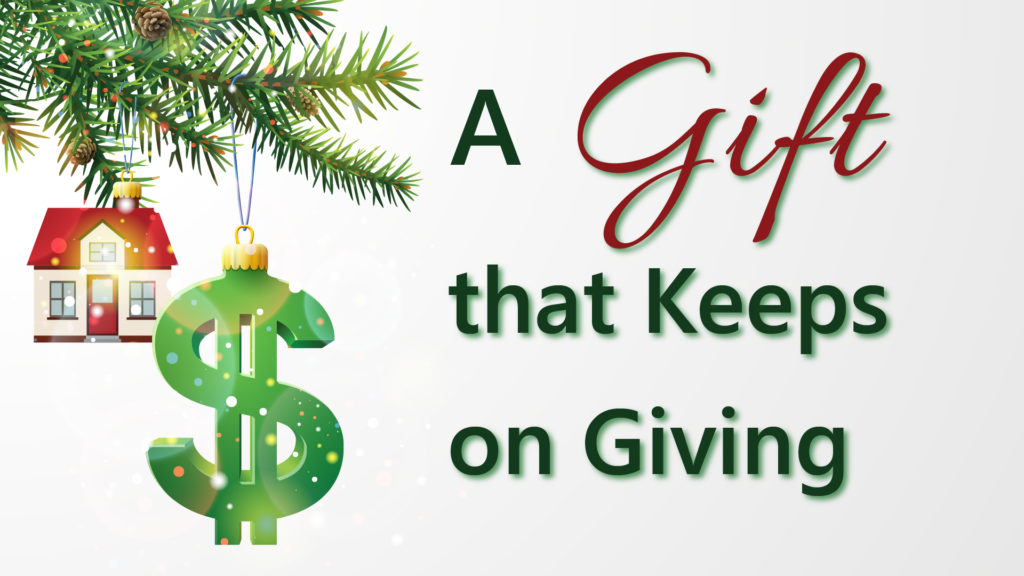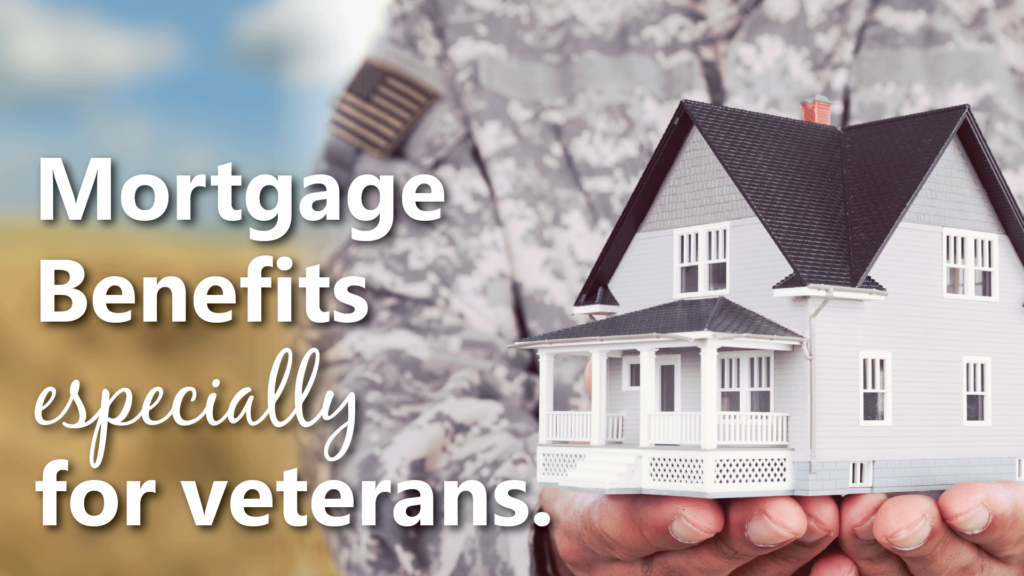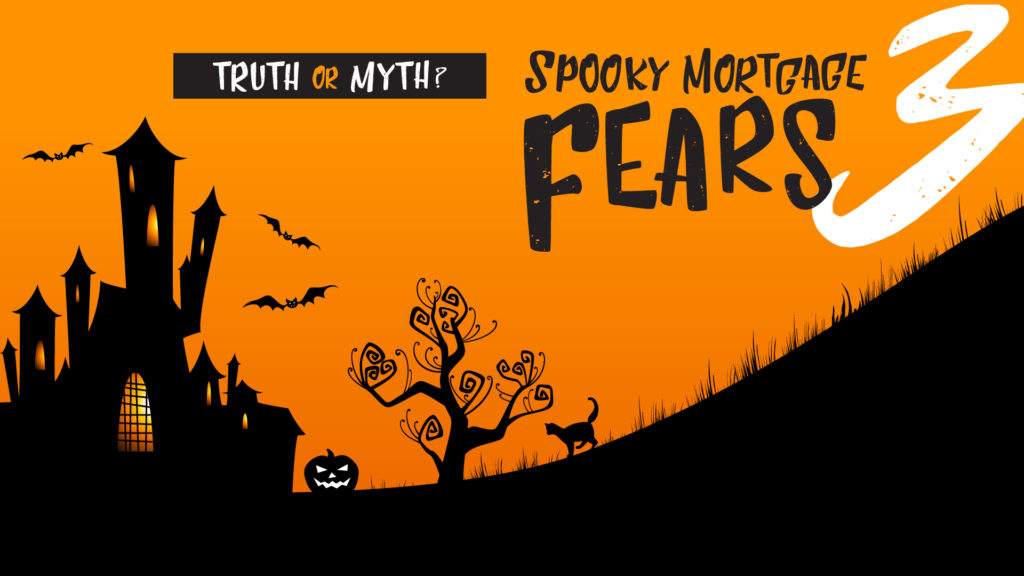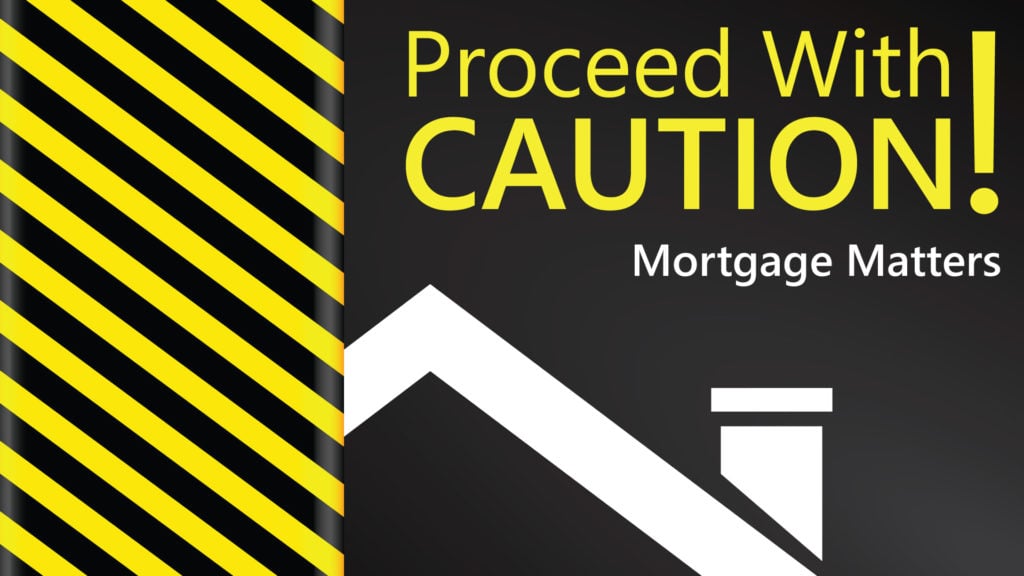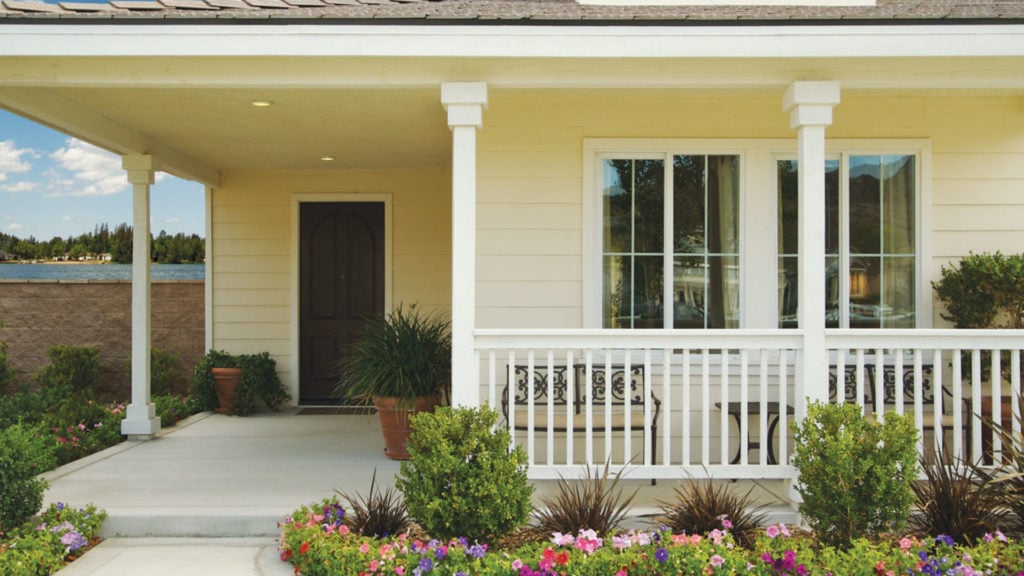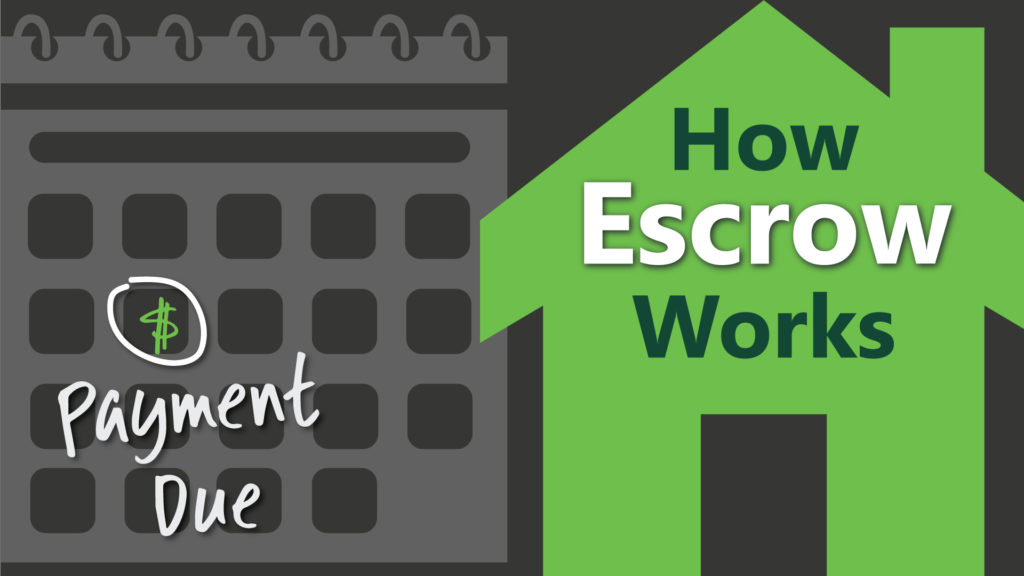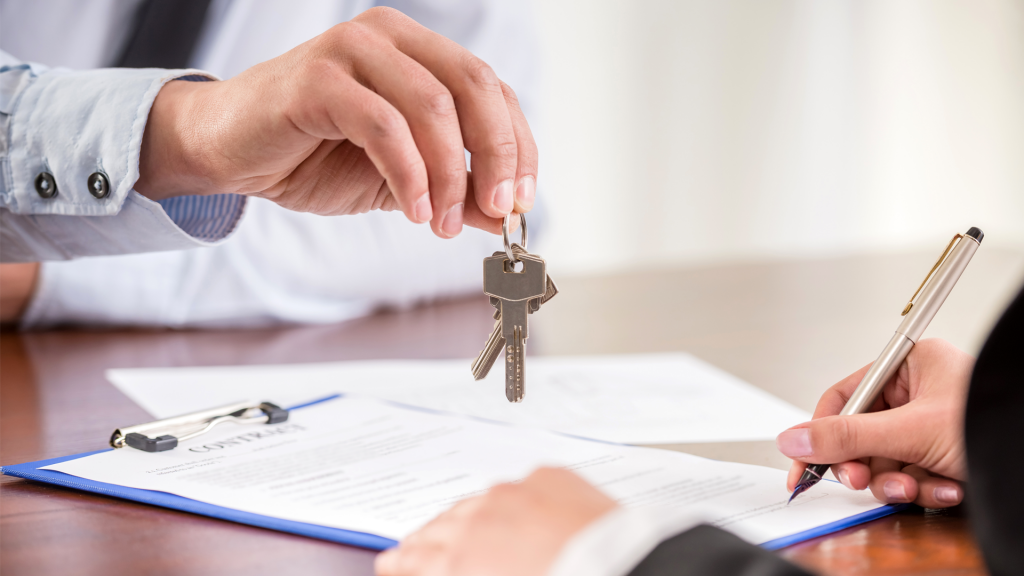
Get a mortgage prequalification before you start home shopping
If you’re shopping for a home, the first step you should take is to get prequalified for your mortgage.
Buying a home can be daunting, especially for first-time homebuyers. But having a roadmap can make the process easier. And that’s where a mortgage prequalification comes in.
By prearranging financing, you can save a considerable amount of time. A lender will examine your credit report, pay stubs, bank statements, etc., and be able to tell you what they think you’re qualified to borrow. Remember, you’re the only one who knows what you can afford based on your living costs. Rather than looking at a myriad of properties, you can narrow your search down to a handful of homes that fit a purchase price and mortgage payment you can make comfortably and examine those in great detail. You’re also less likely to be let down or become disillusioned when you fall in love with a property only to find it’s out of your price range.
If you apply for prequalification and later decide you’re not ready to buy a house in your desired price range, it’s better to learn that before you start shopping for houses.
Prequalification allows you to move quickly and shows you’re serious
The housing market is booming right now. Houses aren’t on the market for very long. If you want to purchase your dream home before someone else snatches it from you, you need to make sure you’re ready to submit an offer immediately.
When a seller is looking at multiple buyers with interest in their property, it’s important to stand out from everyone else. Say there were three other buyers, and you were the only one with a prequalification letter. You will have a much better chance of getting the seller’s attention because you have direct evidence of your ability to obtain financing. This should reduce any skepticism or anxiety a seller may have.
Timeframe
Once you get prequalified, you’ll receive a prequalification letter. Check your expiration date and keep it in mind while you’re shopping for your future home. Prequalification letters generally are valid for 90 days. If you haven’t purchased a home by then, you can request a renewal by submitting your up-to-date financial information again.
Taking the time to go through the prequalification process for a mortgage has some distinct advantages. Once a lender gives you the green light, it can help you find a great property at a fair price, while eliminating a lot of hassle.
The loan you choose will depend on your financial situation, how much you have to put down and where you want to buy a home. It is always a good idea to talk with a lender before deciding what loans to choose. Lenders at RCB Bank are happy to help answer questions even if you are not a customer. Give us a call or visit our online Mortgage Center.
Opinions expressed above are the personal opinions of RCB Bank personnel and meant for generic illustration purposes only. For specific questions regarding your personal lending needs, please call RCB Bank at 855-BANK-RCB. With approved credit. Some restrictions apply. RCB Bank is an Equal Housing Lender and member FDIC. RCB Bank NMLS #798151.
